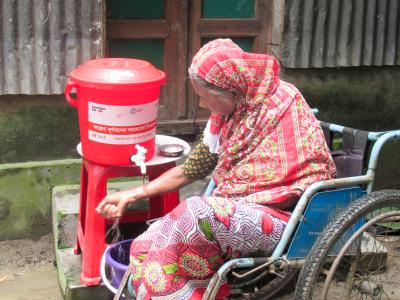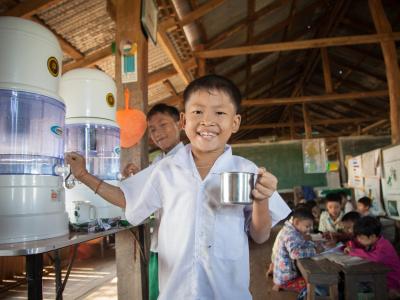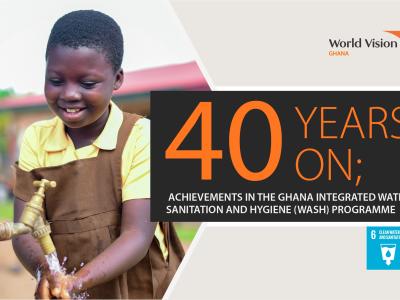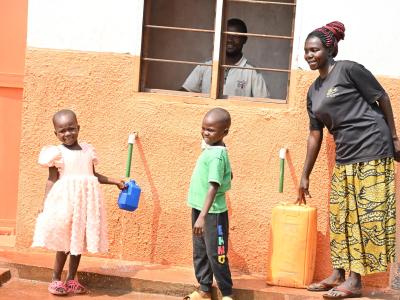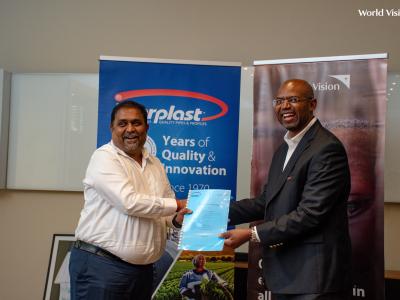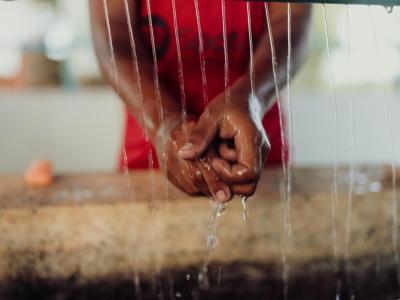publication / March 20, 2025
Inclusive Pathways to Climate-Resilient WASH
Climate change worsens the global WASH crisis, especially for people with disabilities, who are often neglected in climate plans. This study, a collaboration by LSHTM, icddr,b, and World Vision in Bangladesh, developed principles for inclusive, climate-resilient WASH by analysing impacts and conducting participatory research.
publication / February 18, 2025
40 YEARS ON; ACHIEVEMENTS IN THE GHANA INTEGRATED WATER, SANITATION AND HYGIENE (WASH) PROGRAMME
In our ongoing quest to improve access to Water, Sanitation, and Hygiene (WASH) a fundamental necessity for safe, healthy living and the socio-economic development of communities, World Vision Ghana has implemented a number of impactful interventions.
video / March 21, 2025
Chikwa WASH Energy Project: Impacting lives and opening opportunities
The Chikwa WASH Energy Project by World Vision Zambia and its partners is transforming lives in Chama district by providing clean, reliable water to over 5,700 people. This innovative project integrates solar-powered water systems, ensuring sustainable access to safe drinking water while also reducing the burden on women and children who previously had to walk long distances to fetch water.
article / March 26, 2025
DR Congo: A Life Transformed Thanks to Access to Clean Water
This article highlights the impact of projects implemented thanks to the Chosen initiative. The Karawa AP, a beneficiary of this initiative, now has access to a clean water supply program, which has significantly reduced cases of disease and decreased the distance that women and children had to travel to fetch water, a much longer journey just a few years ago. Thanks to the support of sponsors, waterborne diseases have decreased, and children can now thrive.
article / March 17, 2025
World Vision and Interplast Ghana Tackle WASH Challenges Together
In a strategic move to strengthen collaboration with the private sector and promote sustainable development, World Vision Ghana has secured Gifts-in-Kind (GIK) support from Interplast Ghana to advance the NSUPA WASH Facilities Project.
press release / April 4, 2025
Banteay Meanchey achieves Open Defecation Free status, transforming public health
A child is washing her hands at a handwashing station.
video / March 24, 2025
Djawahir’s Journey: Clean Water, New Hope
Watch Djawahir’s Story: Learn how World Vision’s WASH efforts are rewriting stories of struggle into tales of triumph in CAR.
